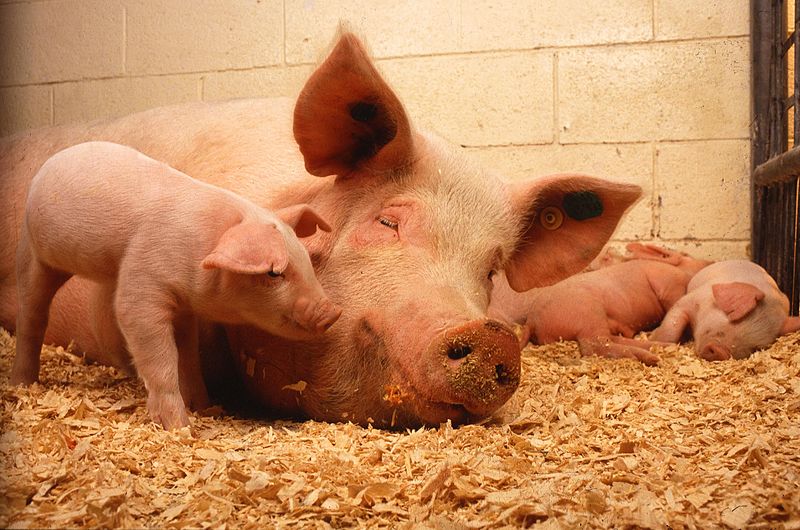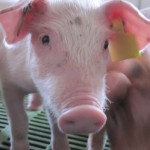Pigs, viral sakers

The flu virus is still one of the greatest threats to human health, involving a wide range of animal and, amongst those pigs play an important role.
Pigs have been termed “viral shakers” because they can be infected with different human, poultry and /or swine influenza virus. As a result of these combined infections new circulating virus dangerous to human health may be generated. After the 2009 flu pandemic, caused by a virus origined in pigs, recent research has attempted to improve knowledge on the infection caused by the swine flu virus. This trend is enhanced due to the fact that domestic pigs resemble humans in both their physiology and in their anatomy and represent an excellent animal model for studying several human infectious diseases.
Although the pig plays an important role in the spread of the flu, we are unaware of many aspects of the immune response or defenses against the flu virus that this animal has. For this reason, the aim of this review is to focus on studies done with porcine cells and influenza virus and the immune response of pigs against human, avian and swine viruses. The increased acceptance of the pig as a good experimental model for scientific studies could stimulate the development of new tools to study it in more depth and increase its use in the scientific community.
CReSA researchers hve recently published a comprehensive review in the cientific journal Molecular Immunology about it: Review: Influenza virus in pigs.
Foto Wikimedia commons.













